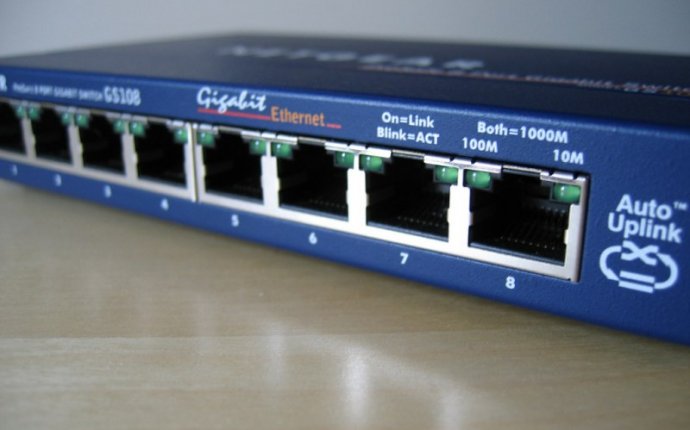
Route Network
 The Internet has changed the world in just a couple of years. However, long before the refrigerators became weapons of mass destruction, the first defence was a regular router. There has been little change in this regard, and hackers continue to benefit from the lack of trust in the users.
The Internet has changed the world in just a couple of years. However, long before the refrigerators became weapons of mass destruction, the first defence was a regular router. There has been little change in this regard, and hackers continue to benefit from the lack of trust in the users.
How do we ensure the safety of the router? Read the universal access point and the Wi-Fi network.
* Different developers may differ - use your model.
Change factory safety structures
Routers are usually delivered with standard logs and passwords. It is understood that the user will change them immediately after the connection. In fact, users almost never change them.
So, get into the Router's building through the web interface. To this end, open the browser and put in the address line 192.168.0.1 or 192.168.1.1 (if nothing happens, find instructions to your model of the Router).There's got to be a window with plain and password fields, usually admin / admin, if not, look again. Frequently, factory logs and passwords can be found on the router's body.
Authorize and select the " Administration " , " Administrator ' s office " or " System " , where default constructions can be replaced by a secure password.
Set a password for the Wi-Fi home network
A home Wi-Fi network without password transmits data in public without encryption. So you're broadcasting your actions on the Internet throughout the county. It's very easy to catch such a traffic, so we just need to build a proper frequency. Even a hacker-smooch who can easily intercept your mail and read a personal correspondence in Connectact.Set a password on Wi-Fi can be found in the same interface where you changed the router safety plant. On the outgoing list, select WPA2-PSK is today the most reliable encryption protocol that will ensure maximum protection.









